As spring temperatures have warmed up the soil, we have enjoyed a beautiful display of bulbs in our (or our neighbors’) gardens. This burst of color, especially after a period of especially cold or dreary weather, can be such a bright spot in our day. The cheery yellow of daffodils can do much to lift our spirits and mood, especially when we consider how little effort these plants require.
Bulbs are a group of plants that have underground storage organs, including true bulbs and other bulb-like structures, such as corms, tubers, rhizomes, and tuberous roots and stems. Many are hardy and will come back year after year. Others are semi-hardy or tender and will not withstand our winter conditions. We plant a wide range of these plants in our gardens. A benefit of planting hardy bulbs is that they come back every year, requiring little effort from the gardener.
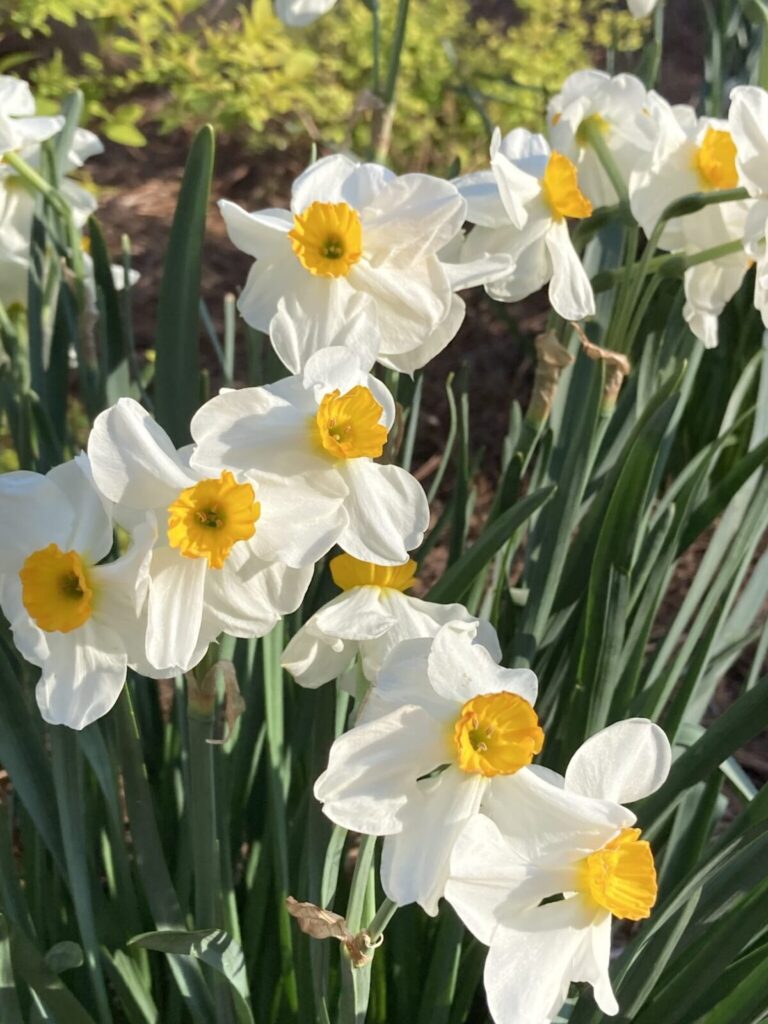
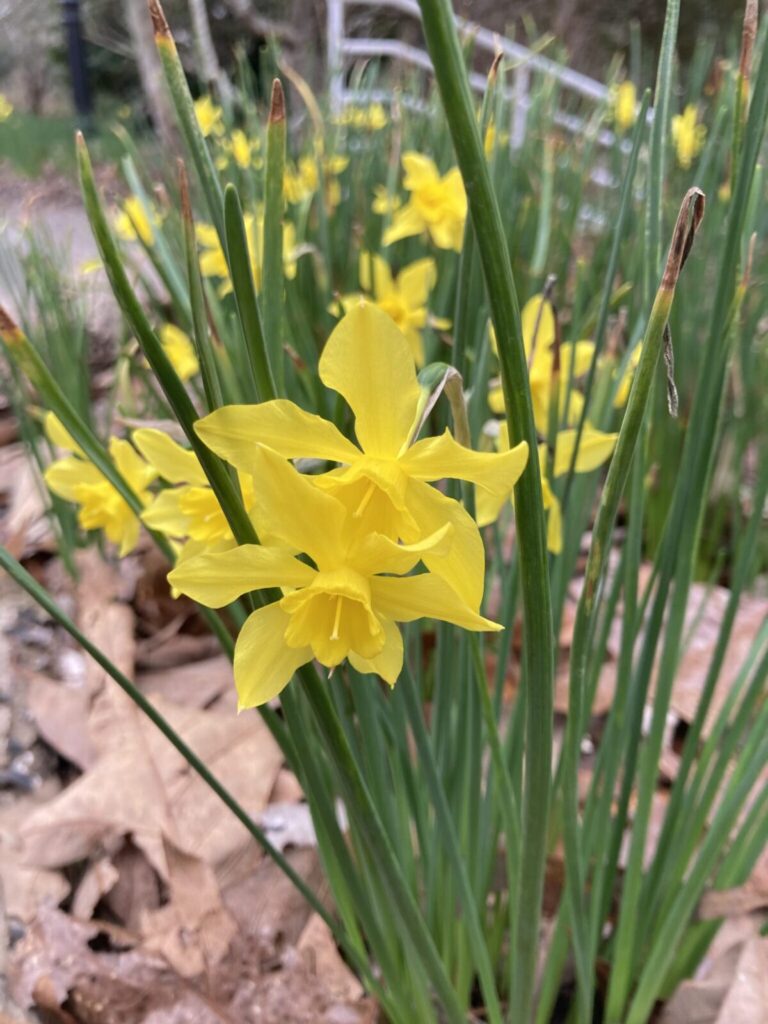
Bulb care is generally simple. Plant them in the correct season and at the correct depth, typically incorporating fertilizer at the time of planting. Mulch after planting to reduce competition from weeds and to provide protection in winter. Periodic weeding to remove unwanted plants helps reduce competition for water and nutrients. Be cautious when digging so as not to damage the bulbs. Additional water is not typically warranted for spring bulbs but may be needed for summer bloomers.
One of the most important details of bulb care is leaving the foliage after the flowers fade. Though it may be tempting to clip that foliage to the ground as soon as the flowers are done, it’s important to wait. While the foliage is still green, it is photosynthesizing and creating food reserves important for next season. It’s okay to remove fading flowers to prevent seed formation, but leave the foliage until it dies naturally, usually by late spring or early summer. Foliage can then be tidied, and overcrowded bulbs can be dug and divided by gently pulling apart and replanting. Properly caring for your bulbs can extend their life.
In the spring, we enjoy many different types of Narcissus bulbs, including daffodils and jonquils. Tulips also herald the arrival of spring in many different colors, though many are not persistent in southern gardens. They often decline after the first year. We also enjoy crocus, allium, anemone, Galanthus, Leucojum, hyacinths, Muscari, and many other spring-blooming bulbs. These types of bulbs are planted in the fall so that they receive the chilling necessary to induce spring flowering.
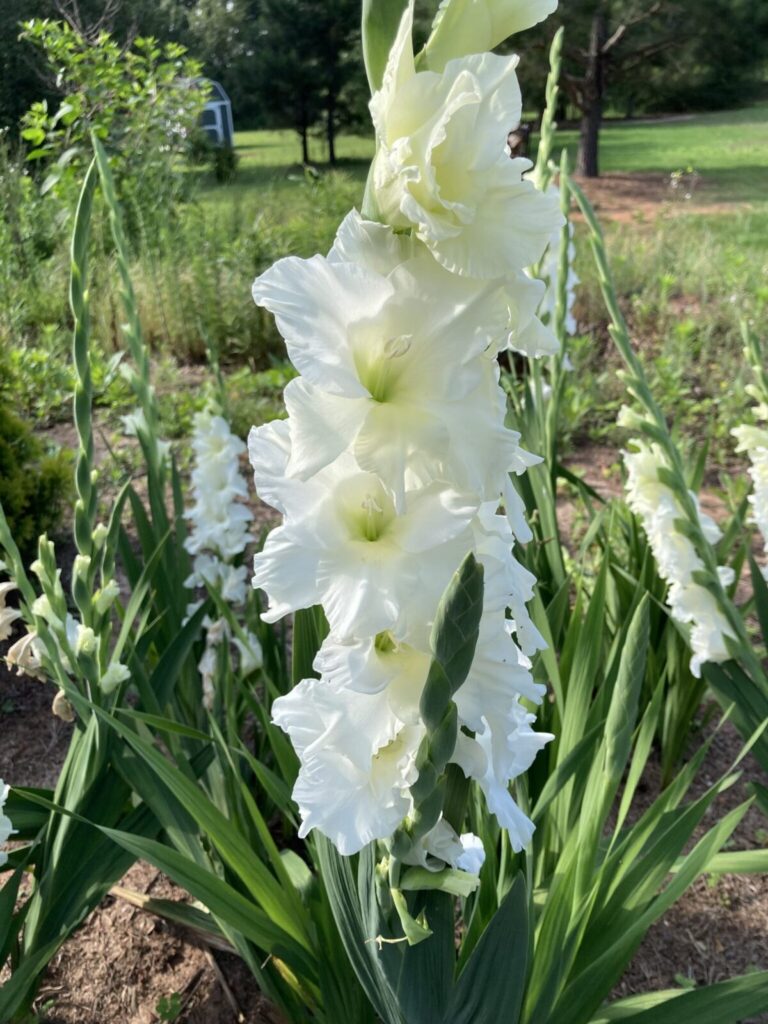
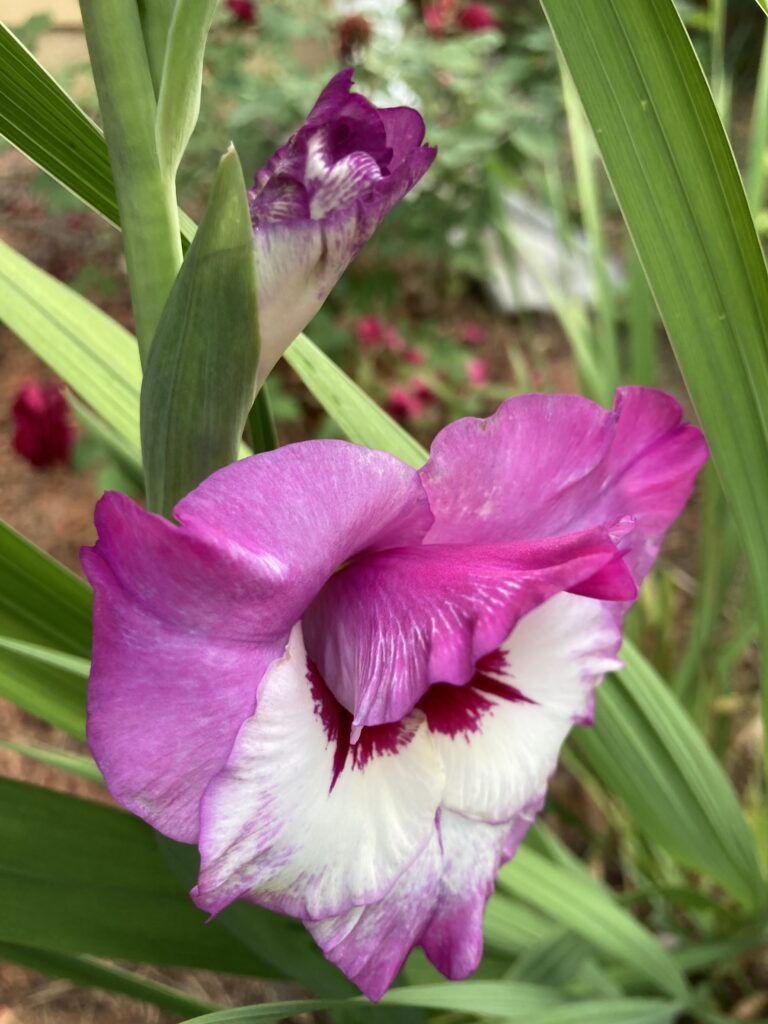
To extend the enjoyment of your garden, consider summer-blooming bulbs that can be planted now, like Crocosmia, Canna, and Crinum. They are sure to add another source of low-maintenance color and bloom to your garden. Gladiolus is another great addition to the summer garden, available in a wide range of colors that are perfect for cutting and bringing inside. It’s even known to lure the occasional hummingbird to the garden. Asiatic and tiger lilies can also be planted in the spring, offering an assortment of vividly colored blooms on stalks that range from 3 to 5 feet in height.
To plant summer-flowering bulbs, prepare your planting bed as you would for any other plants. Loosen soil so that bulbs can be planted at their required depth. Add fertilizer at a rate of 1 to 2 pounds of 5-10-10 or 10-10-10 fertilizer or bone meal, incorporating prior to planting the bulbs. Large bulbs, like Crinum, are planted six inches deep, while smaller corms of Gladiolus and Crocosmia are planted in as little as one to three inches of soil. As with most garden plants, mulch the planting area to reduce competition from weeds. Provide supplemental water during the summer if dry conditions develop.
Consider overplanting the bulb area with other plants that will emerge about the time the bulbs fade, allowing the new plants to cover up or distract from the fading bulb leaves. Daylilies, for example, have foliage similar to daffodils but emerge later, making them great plants to disguise the fading foliage of spring bulbs. When planting among the bulbs, take care to not damage or disturb them.
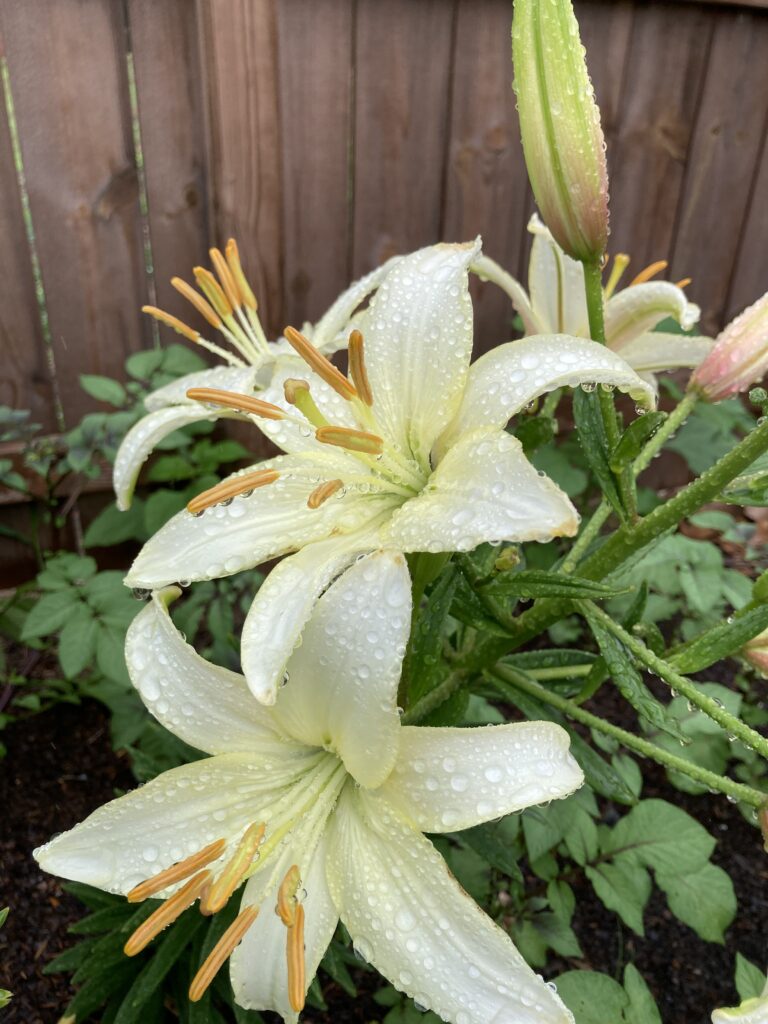
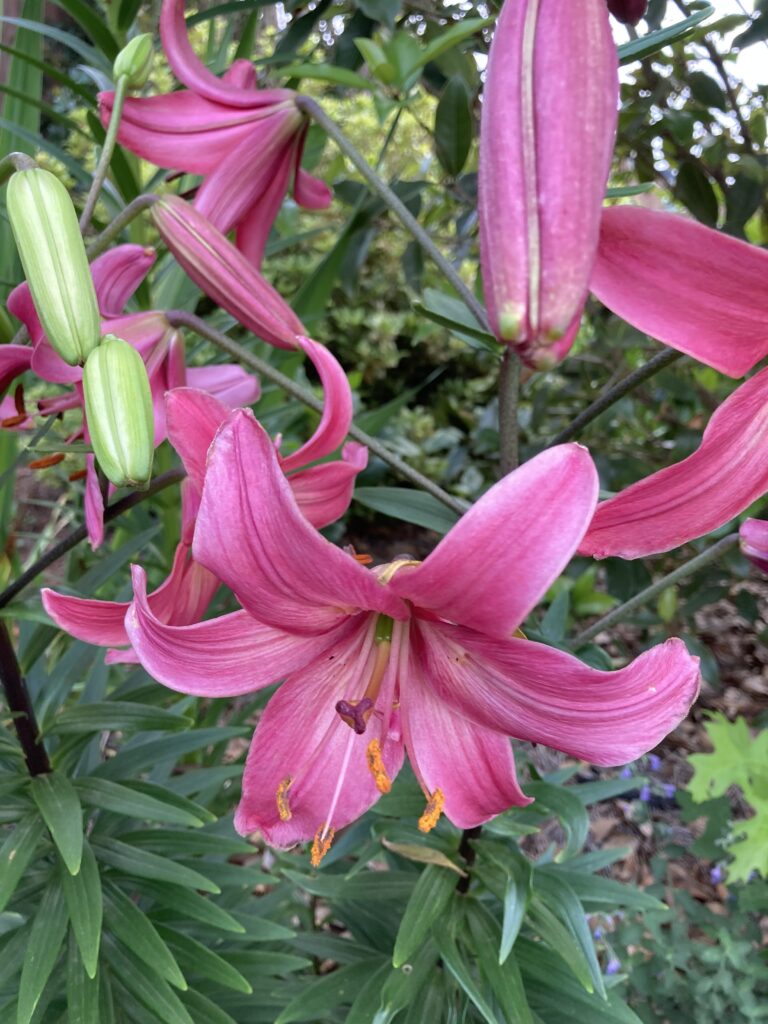
Bulbs, whether like daffodils appearing in the spring or Crocosmia blooming in the summer, provide such a welcome splash of color in the garden. In return for a little maintenance and care, they provide attractive blooms year and year. Be sure to consult the UGA Extension publication, Flowering Bulbs for Georgia Gardens, to plan your next bulb planting!